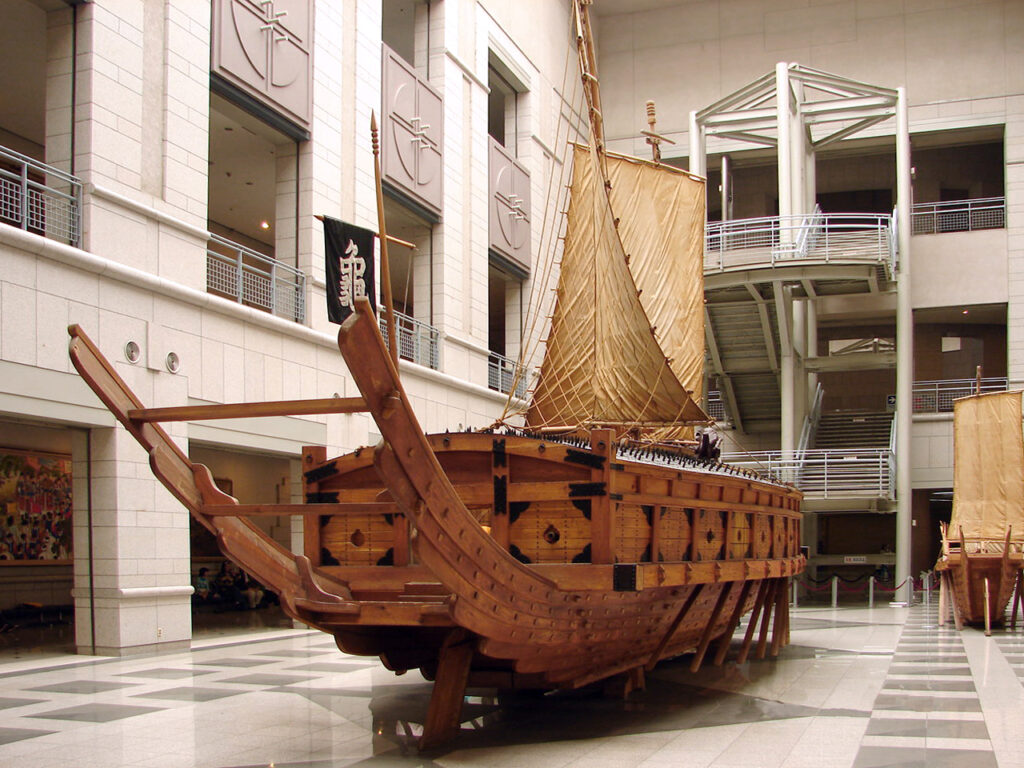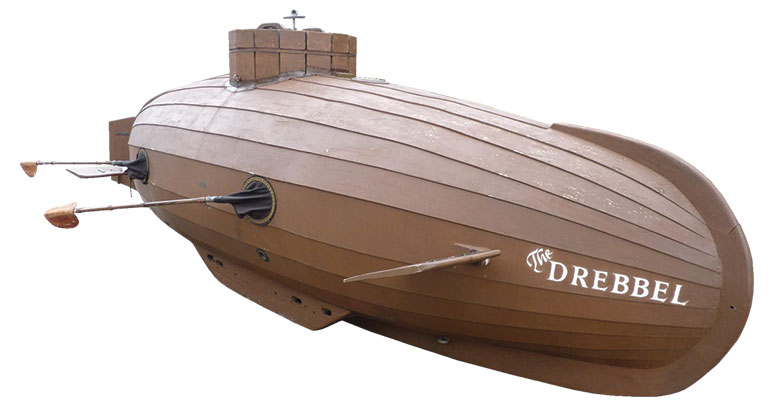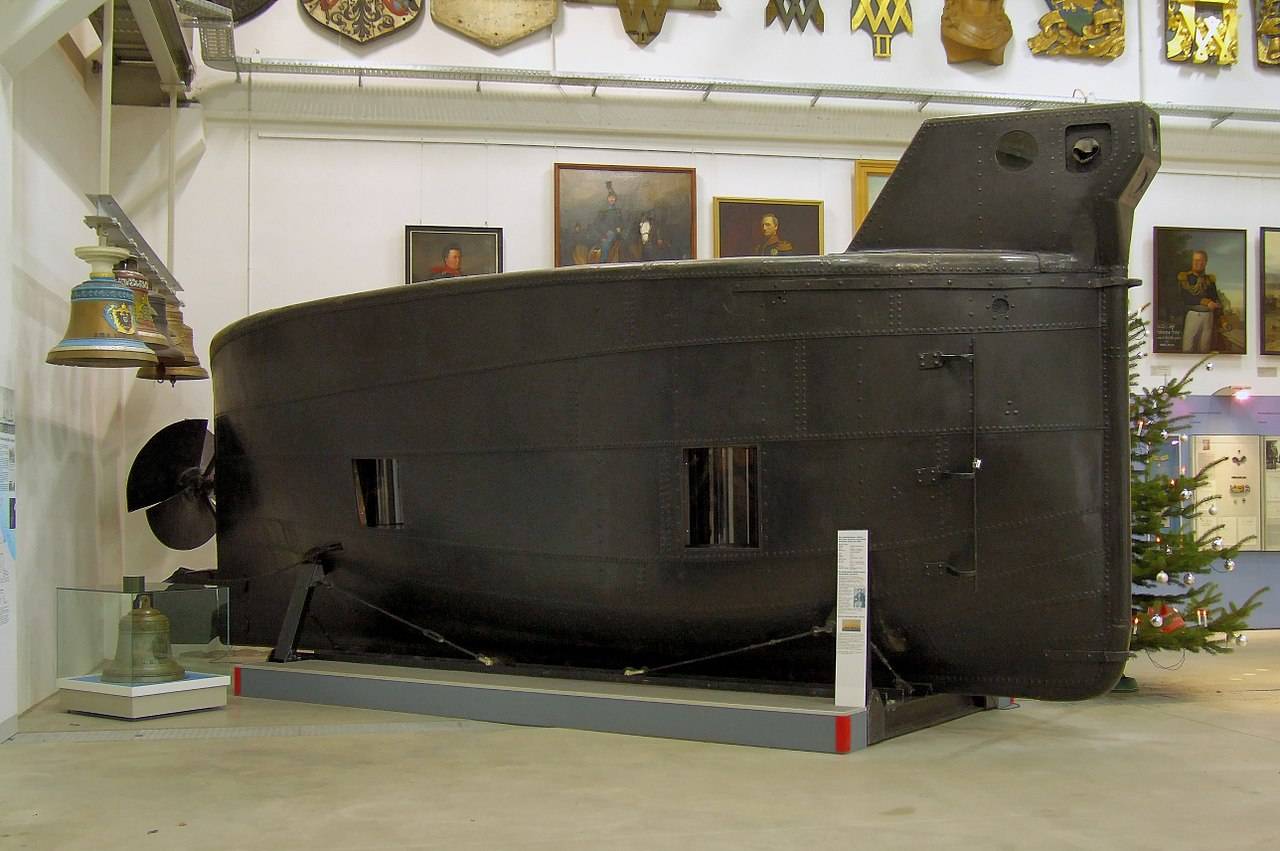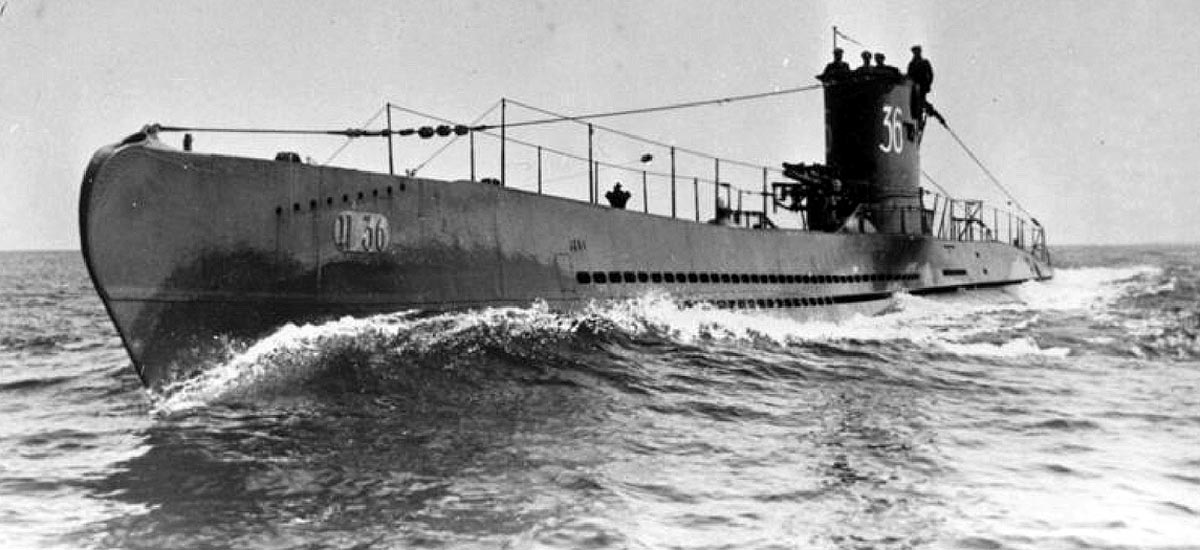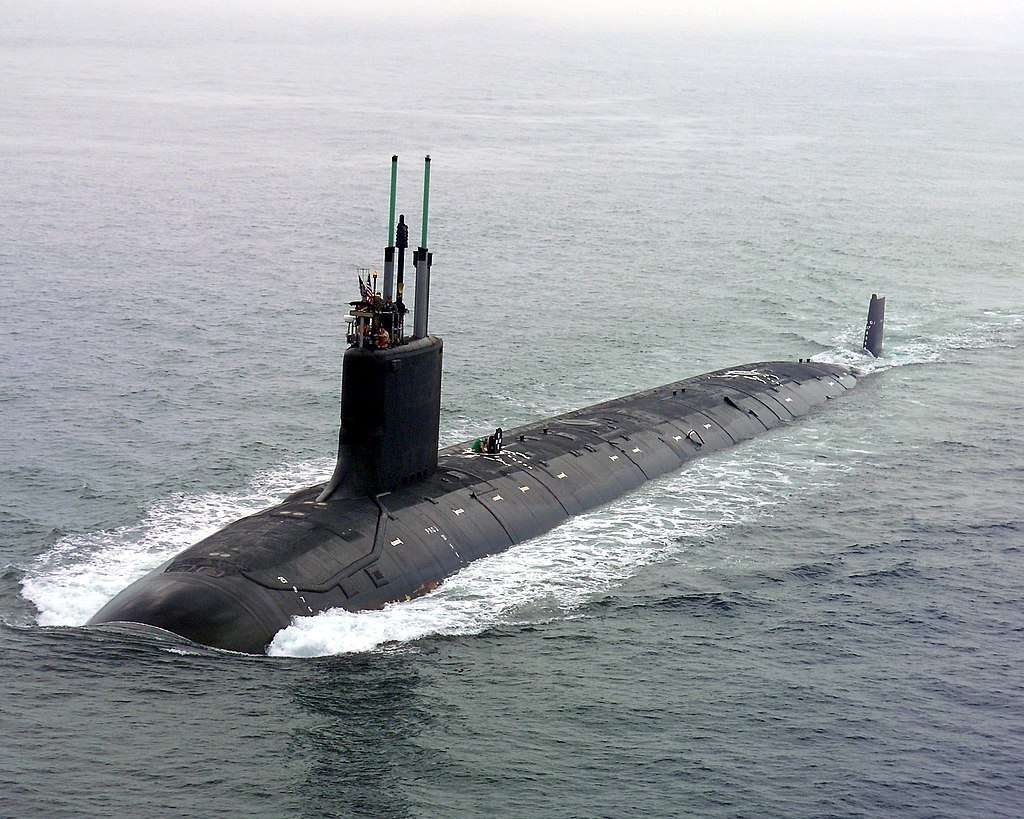Humanity has long had an ambition to discover and conquer the underwater realm. What is the history of submarines, then? Come with us for an underwater adventure.
Legends and Myths About Underwater Vehicles
A well-known historical legend centers around Alexander the Great. Nearly two millennia after the incident, the Mughal poet Amir Khusrau illustrated how Alexander the Great entered the water by use of a diving bell during the Siege of Tyre in 332 BCE. The image frequently evokes thoughts of antiquated submarine-like equipment, even though this is more of a diving bell than a submarine.
There are allegations that in the fifteenth century, the Korean admiral Yi Sun-sin built a ship with underwater capabilities. With its partially submerged hull, his famed “turtle ship” (geobukseon) was reportedly able to move only a short distance underwater, according to certain theories. The assertion that it operated like a real submarine, however, has not been validated.
William Bourne’s Ideas
William Bourne created one of the earliest blueprints for underwater navigation in 1578. It was a fully enclosed wooden boat that could be rowed and submerged below the surface, all encased in waterproof leather. His contributions to navigational science probably even produced some of the essential knowledge required to obtain a boat license.
Though Bourne’s design was never carried out, it did influence other people’s creations, most notably the underwater rowboat designed by Cornelius Drebbel.
Cornellis Drebbel and Denis Pain’s Inventions
The first known submarine was built in 1620 and planned and constructed by Dutchman Cornelis Drebbel, who worked for King James I of England. His contraption was rowed to steer, and two revised versions were tested in the River Thames in 1630. These submarines were beyond the acknowledged boundaries of scientific capabilities at the time and were extremely advanced for their time. Drebbel employed a chemical process to replenish the air and supply oxygen, as well as a quicksilver barometer to gauge depth.
Later in the century, Frenchman Denis Pain created and constructed two submarines: an oval-shaped one and a square-shaped one that was unintentionally destroyed. They were both composed of metal. Submarines were soon to be shown to have potential military uses when many inventors began to patent their designs.
Nautilus
It is the first practical submarine. Between 1793 and 1797, American inventor Robert Fulton—who was then residing in the French First Republic—designed the Nautilus. The craft was propelled on the surface by a foldable mast and sail, and when underwater, it was propelled by a hand-turned propeller. The copper sheets covering the hull with its iron ribs were a striking feature.
Brandtaucher
Brandtaucher is the oldest known submarine in the world. Means ‘fire-diver’ in German. To break the Danish naval blockade of Germany, it was designed in January 1850. When constructed, Brandtaucher was 8.07 meters in length, 2.02 meters at its widest point, and 2.63 meters in depth. It was driven by three people who turned big tread wheels that were attached to a propeller. The boat could achieve three knots, but it was not able to sustain this speed for very long.
Influence of World Wars on Submarine Technology
Submarines were first widely used as strategic weapons during World War I, especially by Germany. Although submarines were already in existence before the conflict, this was the time when their full potential as naval weapons was achieved. During World War I, submarines mainly used electric motors that ran on batteries for submerged operation and diesel engines for surface movement. Compared to previous steam-powered submarines, this one was more advanced and had greater underwater endurance and manoeuvrability.
During World War I, submarine weaponry advanced significantly. As self-propelled torpedoes gained popularity, submarines were able to attack ships from below the surface of the ocean.
Germany’s U-boats, also known as Unterseeboot, or undersea boats, were the type of submarines that could stay at sea for longer periods and conduct lengthy missions.
Additionally, anti-submarine technologies started to advance in reaction to the submarine danger. Among these were depth charges, which are explosives designed to explode at predetermined depths, and sonar.
Submarine technology had advanced significantly by the start of World War II, and the Axis and Allied countries’ policies were influenced by the lessons learnt during the conflict.
One significant advancement in WWII submarine design was the snorkel. It made it possible for submarines to operate their diesel engines underwater by drawing air from the surface through a retractable tube. As a result, submarines spent far less time on the surface, where they were exposed to enemy planes and battleships.
“Wolfpack” tactics were established by the Germans, in which coalitions of U-boats coordinated their attacks against Allied convoys. The Allies found it extremely difficult to defend their merchant ships as a result, and their naval forces were overextended. But gradually, advancements in Allied anti-submarine warfare reduced the potency of tactics.
Nuclear Submarines
The last chapter of the history of submarines belongs to nuclear-powered submarines.
Instead of using traditional diesel engines, nuclear submarines are propelled by nuclear reactors. Their superiority over diesel-electric counterparts is largely due to the fact that nuclear reactors offer an almost limitless supply of energy, which enables the submarine to stay below for lengthy periods of time without having to surface for refuelling or battery recharging.
Nuclear submarines are an essential component of contemporary naval forces since they can operate covertly in deep waters for months at a time, are generally faster, and have better endurance.
As the shortcomings of diesel-electric submarines became evident during and after World War II, the concept of employing nuclear power for submarines was developed.
The USS Nautilus, launched by the US Navy in 1954, was the first nuclear-powered submarine in history. The Nautilus, which was propelled by a nuclear reactor, could stay underwater for a lot longer than any other submarine and could reach faster-sustained speeds.
Nuclear submarines had substantial evolution throughout time. They improved in speed, quietness, and carrying capacity for highly advanced weaponry.
To elude being discovered by hostile radar, modern submarines are built to be as silent as possible. This calls for the use of sophisticated sound-dampening methods, such as hull coatings and quieter propulsion systems.



